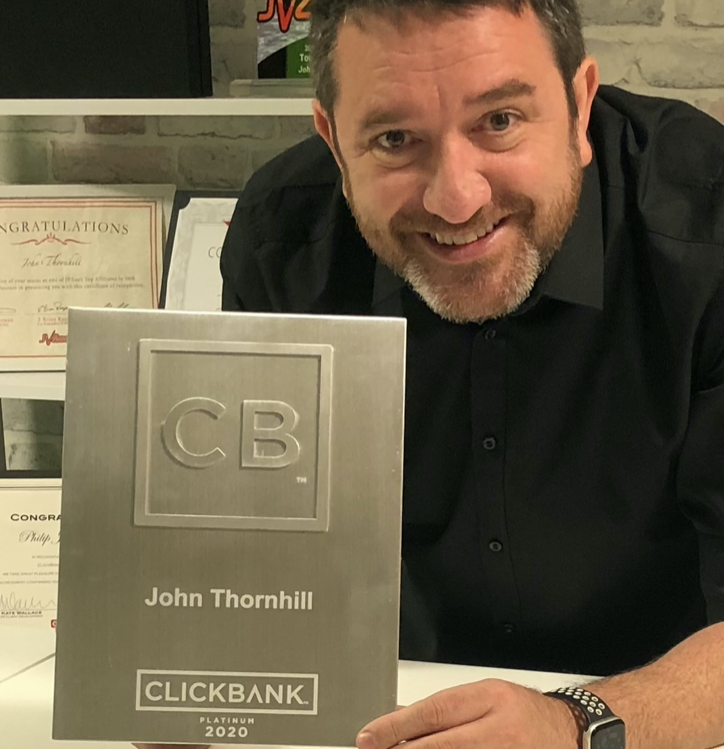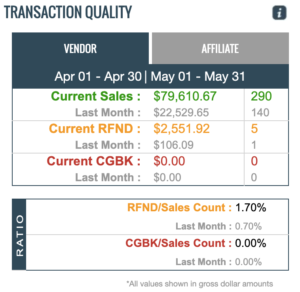Today I want to tell you about a new email solution that I completely fell in love with: ViralinBox! This platform is an all-in-one email, list building and marketing solution, which means that it will not only serve you as an email solution but also as a way to build a list and market your products (or affiliate products).
I can hear you… You already have an email account and access to programs that allow you to build a list and promote and advertise all sorts of products. Well, ViralinBox is very different from what you currently have because it will also help you dramatically increase your work productivity and give you massive, targeted exposure!
Here are a few of the main reasons why you should join ViralinBox:
– You can create a unique email address for each contact you make and list you join
With a single Viralinbox account, you can have multiple email addresses, which is great if you want to manage your personal and business emails from a single place, or have multiple business email addresses on the same email account. You can forget about having to create a new email account every time you need a new email address…
With ViralinBox, you can now create 30, 60, 100 or even an unlimited number from a single account (depending on your membership level)! The best part is… You can create them using nothing else than ‘mind control’! When you give someone an email address that doesn’t exist, the system automatically creates a new box when an email is sent to that address. With an upgraded account you can even use your own domain name!
– You can permanently stop spam and clean your inbox with the push of a button, even if you don’t have an opt-out link!
You can also say ‘goodbye’ to all the spam you keep receiving and don’t seem to be able to stop. ViralinBox allows you to permanently stop spam with the push of a button! With a ViralinBox account, you can create multiple boxes, with a unique email address each, and you can of course close any of them whenever you want.
Every time you make a new contact or join a list, you should create a new email address, and if they start spamming you, you can close the box and you will never receive any more emails from that source! You could also simply unsubscribe from the list but unfortunately too many don’t play by the rules in our industry!
– You can get massive, highly targeted exposure with the mailing and advertising tools
ViralinBox also comes with a powerful system mailer that allows you to email up to 120,000 random members every single month! As a Platinum Member, you receive 1,000 mailing credits every day, and as a Diamond Member you receive 2,000 mailing credits every day. There’s even a system that makes you recieve credits for actions you already perform every day, like clicking on links in an email you read!
There is also an advertising program, and every time you see an ad on a page, you recieve advertising credits that you can then use to create your own ads and advertise your products! Simply using the system will be enable to send more emails to random members, show your ads within the members area and much, much more…
– You can build a list and get up to 55% commissions on upgraded referrals

ViralinBox also comes with a list builder that allows you to build a 5 to 8 levels deep downline, and make up to 55% commissions on upgraded referrals. Even as a Free Member you can make some nice commissions and earn a recurring income. Does your current email solution offer you all these features and benefits? ViralinBox does…
In all honesty, I think this email solution is the most advanced email platform for online business owners and marketers. It is actually the one and only platform designed with internet marketers in mind. It will help you increase your productivity by managing ALL your emails from a single dashboard.
Make sure you read the one-time offer at sign up because it gives you a great opportunity to score an upgraded membership (with which you can for example email at least 1,000 random members every days) at an insanely cheap price! If you have any questions about ViralinBox, feel free to leave a comment below!









